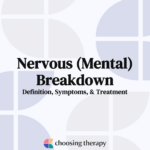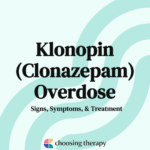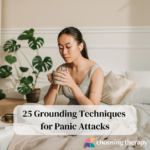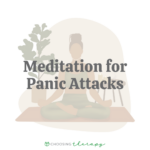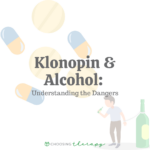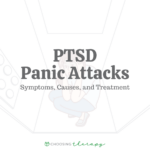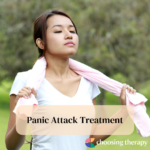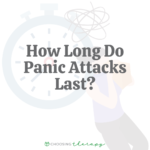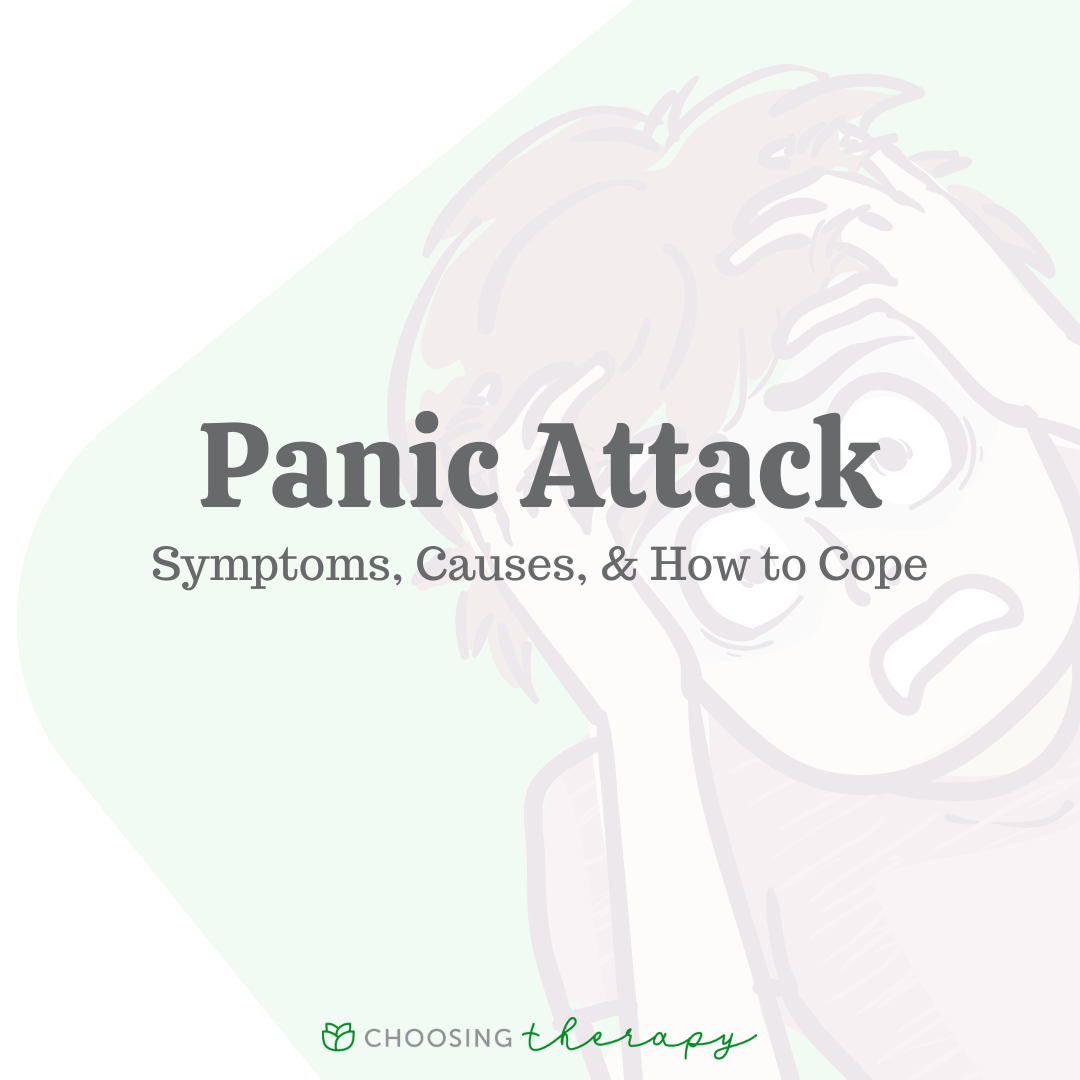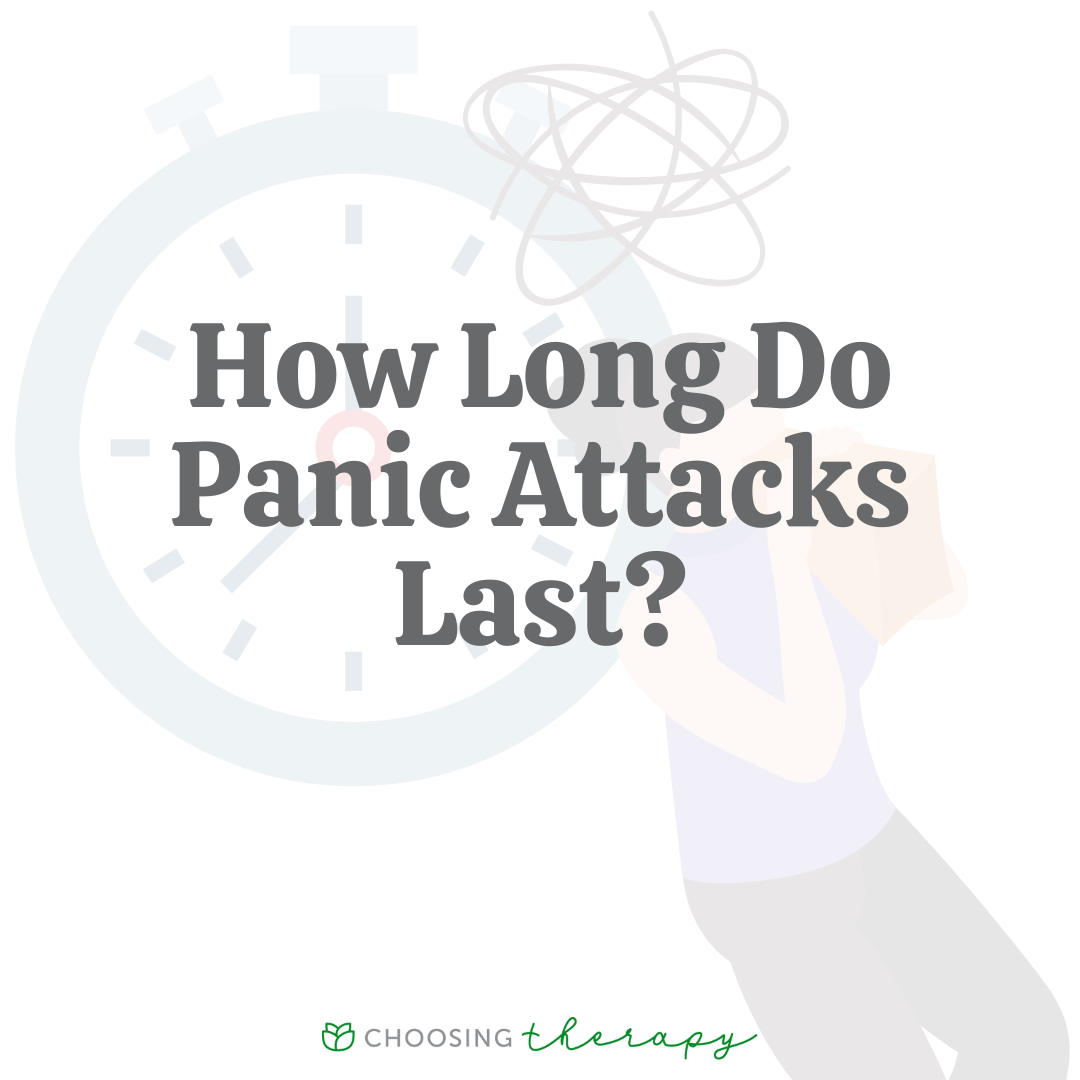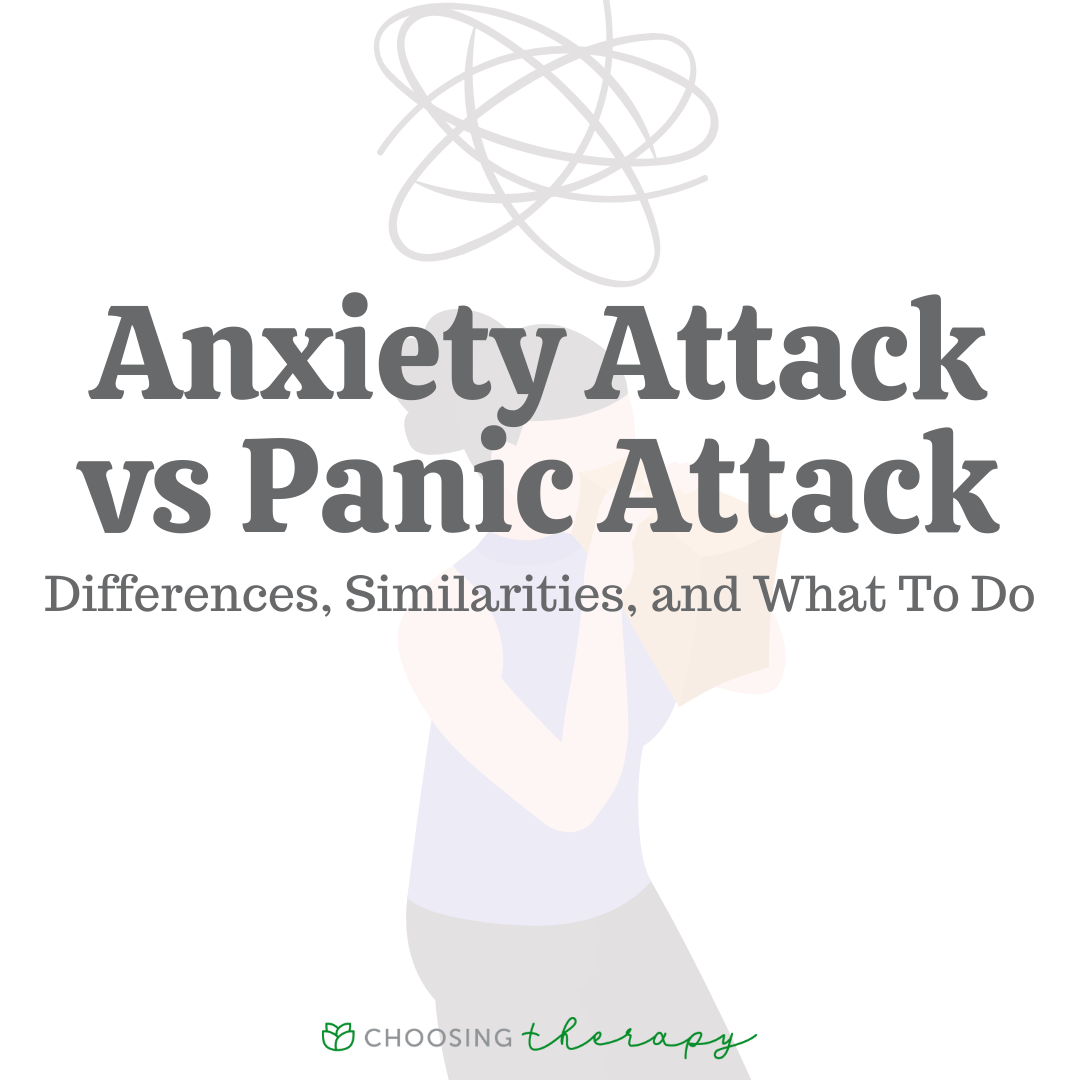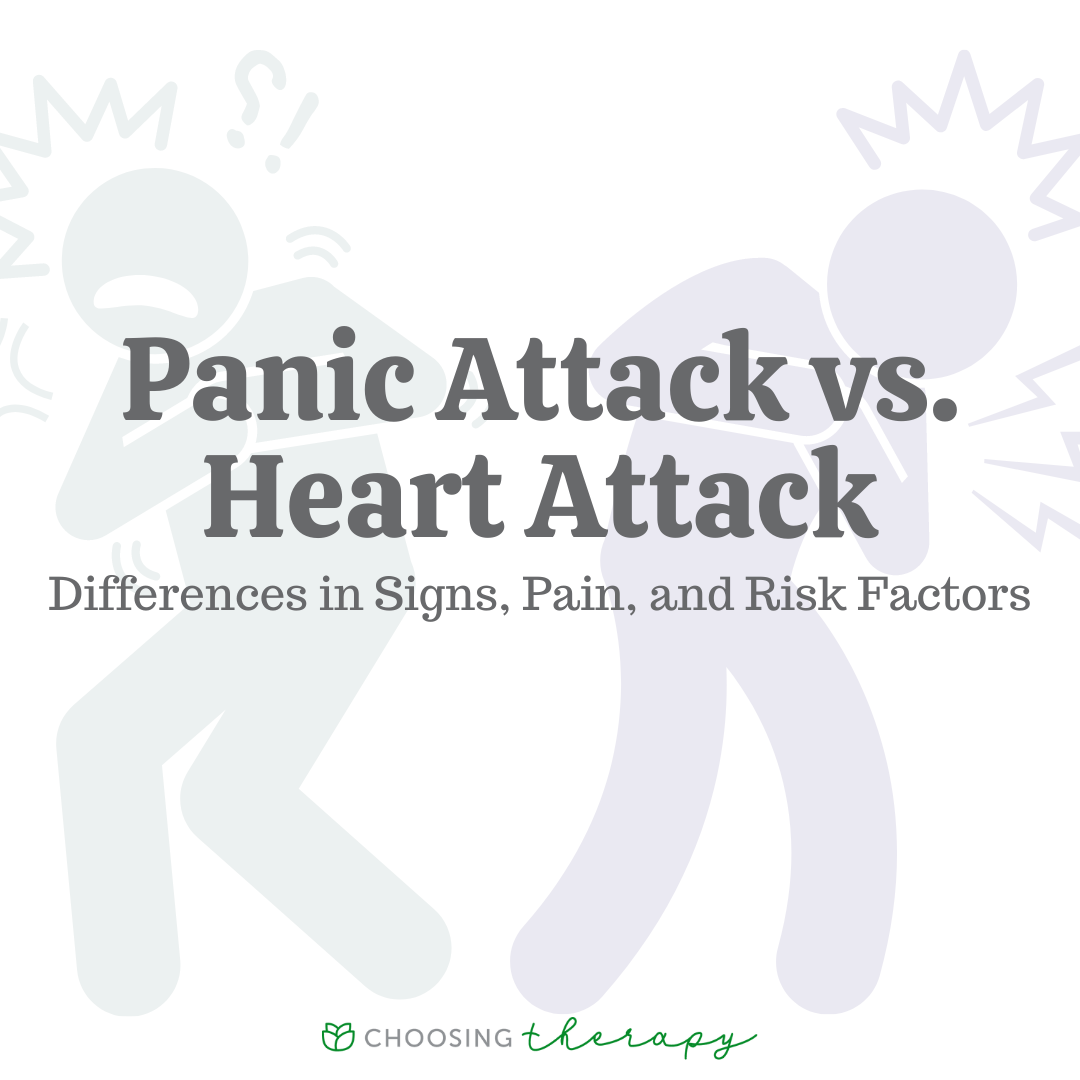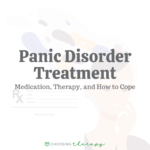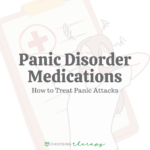
Learn More About Panic Disorder
Panic disorder is a type of anxiety characterized by recurring panic attacks and a fear of future attacks. Panic attacks cause symptoms like rapid heartbeat and shortness of breath. Fortunately, a full recovery from panic disorder is possible with the right treatment. Below you’ll find a host of articles and resources to help you understand and deal with panic disorder.
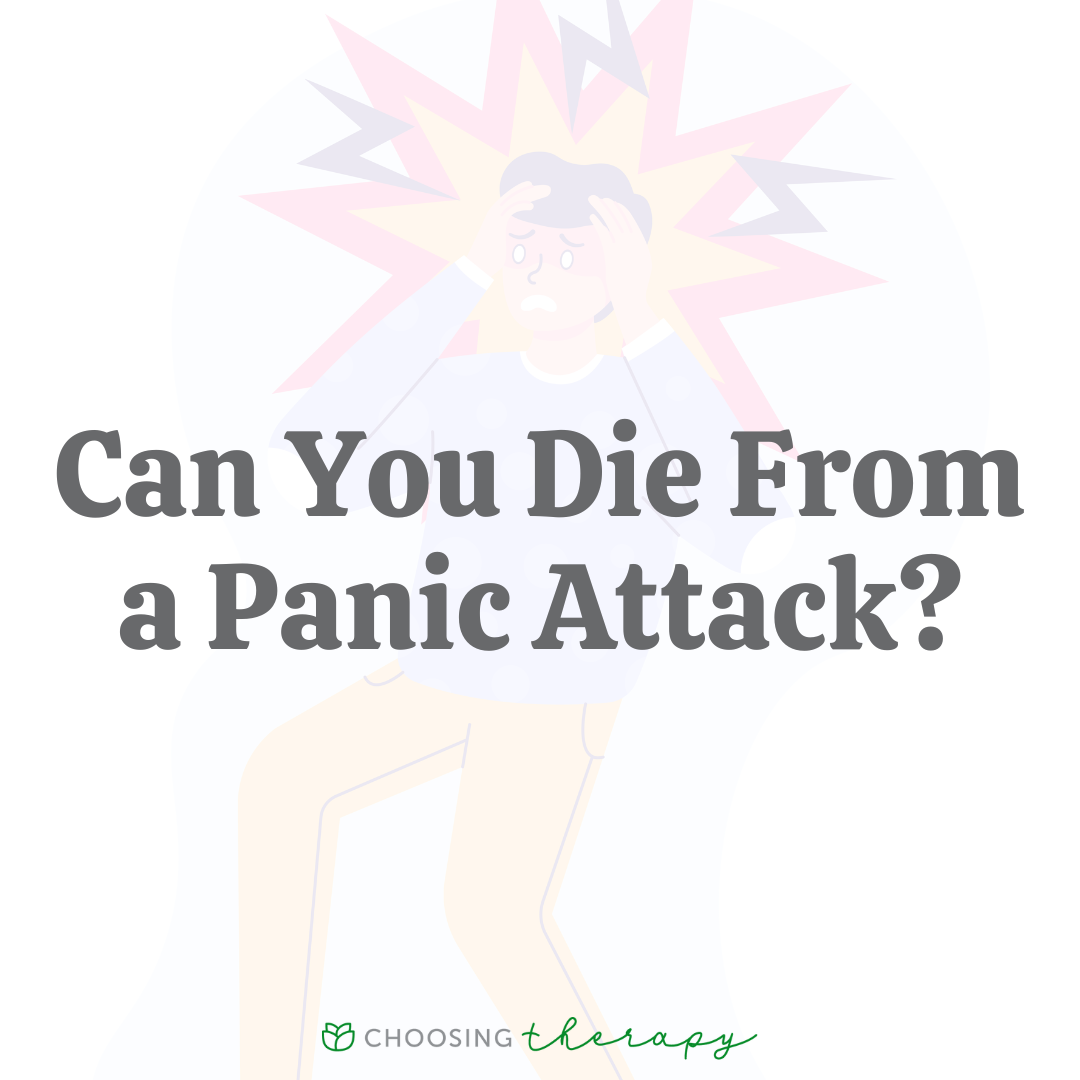
Can You Die From a Panic Attack?
Panic attacks are frightening, but they are not life-threatening. Panic attacks can cause intensely uncomfortable symptoms like heart palpitations, shortness of breath, and chest pain.
by: Hailey Shafir, LCMHCS, LPCS, LCAS, CCS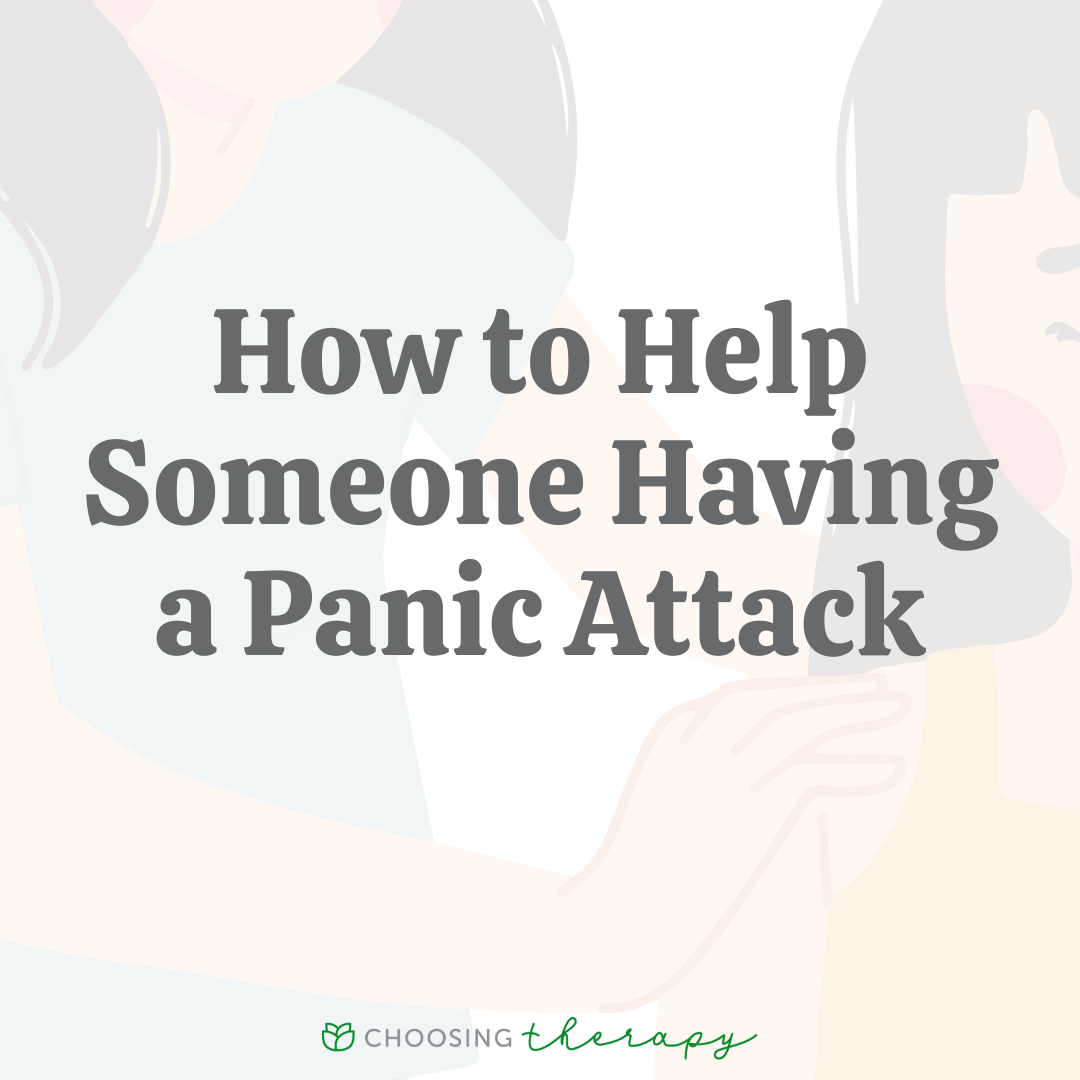
How To Help Someone Having a Panic Attack: 19 Tips
A panic attack can be a terrifying experience and frightening to watch. There are some essential things to keep in mind when trying to help alleviate the symptoms of a panic attack. Learning the right things to say helps create a calm and safe environment to prevent further stress for the concerned person.
by: Iris Waichler, LCSWWhat Are Panic Attacks?

Dealing With a Panic Attack
More Articles About Panic Attacks & Panic Disorder
